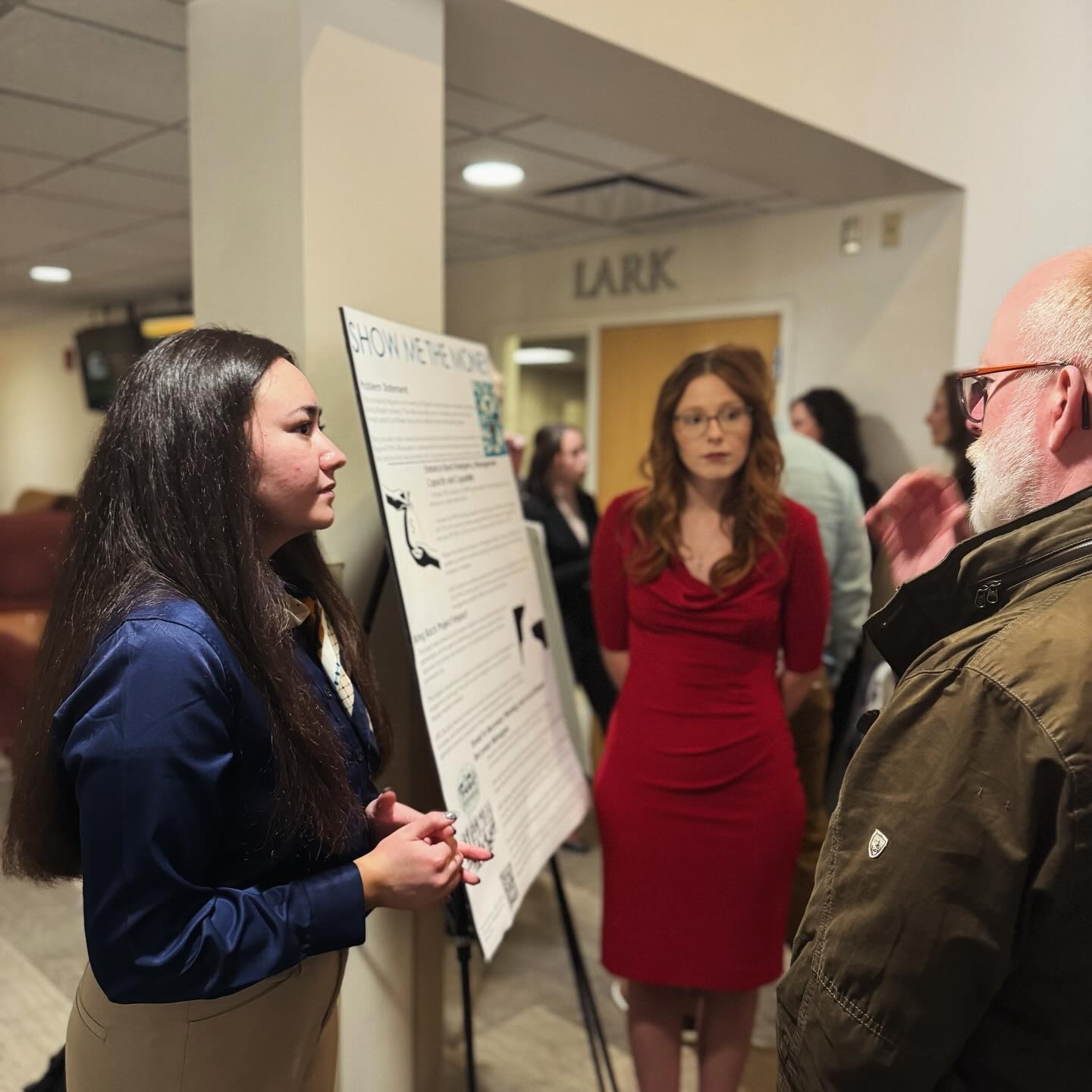NDSU News
NDSU emergency management students gain valuable experience through FEMA collaboration

The Federal Emergency Management Agency Region 8 recently partnered with NDSU to engage students in the emergency management program by tackling a series of disaster-related problems identified by FEMA staff.
Emergency management student Kayla Niedzielski said having the opportunity to be a part of the Region 8-sponsored FEMA Innovative Problem-Solving course was an “incredibly eye-opening and insightful experience.”
Course instructors Carol Cwiak, professor emeritus of landscape architecture, disaster resilience and emergency management, and Caroline Hackerott, assistant professor of landscape architecture, disaster resilience and emergency management, presented the class with seven different complex problems identified by FEMA Region 8 staff, with one assigned to each team. To assist with the task, a group of FEMA Problem Sponsors, who developed the problem statements, helped students understand and conceptualize the problems.
The challenges encompassed a spectrum of concerns that needed to be addressed, including effectively communicating messages in rural areas ensuring thorough after-action reporting and enhancing the capabilities and capacities of rural emergency management systems at the local level. The problems were broad and far-reaching, forcing the teams to think outside the box.
“Partnering with FEMA Region 8 provided our students with an opportunity to connect their classroom experiences with real world challenges and our students really stepped up. The teams created feasible policy, process and physical products to meet the unique needs of our rural North Dakota communities that our FEMA partners are reviewing for incorporation into their approach to disasters and emergency management,” Hackerott said. “The process challenged students from multiple disciplines to work together to consider complex problems. They were so successful that many of them received immediate offers to present their work nationally as well as employment and internships. Additionally, we’ve been approached by many external partner organizations wanting future classes to tackle their problems too.”
The course will continue to be offered every spring semester and Hackerott encourages students from any discipline to enroll to learn how they can contribute to disaster management.
Niedzielski’s team was given the challenge of using publicly available datasets to assist FEMA in distributing aid more equitably to underserved populations in Region 8. Niedzielski said her team’s process started with several subject matter expert interviews with various stakeholders, including members of local, state and federal government, Tribal Nations and different members of the emergency management private sector.
Through these interviews it became clear to Niedzielski’s team that their initial scope was not going to meet FEMA’s root challenge. This moved the project toward a conceptual framework based on the emergency management literature surrounding vulnerability, equity and intersectionality.
“These concepts were fundamental when discussing FEMA’s ability to begin addressing the problem of equitable aid distribution, as datasets are not comprehensive enough and do not reflect the complexity of Region 8’s underserved populations,” Niedzielski said in an online article on FEMA’s website.
Through the interview and research process, Niedzielski said a major theme that emerged was emergency management is most effective at the local level and requires consistent and strong community-level engagement. The FEMA staff emphasized the importance of using creative, innovative and complex problem-solving strategies while tackling this gap.
With help and support from the FEMA staff, Niedzielski said collaboration with stakeholders opened her team members minds to creating a new diagram to illustrate the complexity of an individual's layered and multi-dimensional path to equity in a disaster. Applying this model provided an opening for difficult conversations within the federal government regarding how equity is managed through multiple programs, especially in the recovery phase.
Niedzielski’s team created a new model of possible equity challenges during a disaster that reflect both the context gathered from subject matter expert interviews and the theoretical literature within emergency management.
“While these findings and models provided only a starting point in addressing the problems of inequity in rural areas within Region 8, I am thankful to be a part of the new wave of emergency management professionals committed to confronting and addressing rural vulnerability, inequities and helping to build widespread resilience,” Niedzielski said.
The experience of this course provided students with a chance to navigate and explore solutions to the government's strongest challenges and has provided them with a new perspective on the true complexity of the federal government’s different programs as well as the barriers that exist in allowing emergency managers to accomplish the mission of protecting lives, livelihoods and quality of life.
Niedzielski said through the discussions and research, she feels more prepared to fulfill the expectations and quality of work expected, not only at a federal level, but to the entire region to build resilience and help communities better respond to disasters.
“Having the opportunity to contribute to the literature of emergency management has been a wonderful experience and will continue to motivate me while transitioning to an emergency management career,” she said.